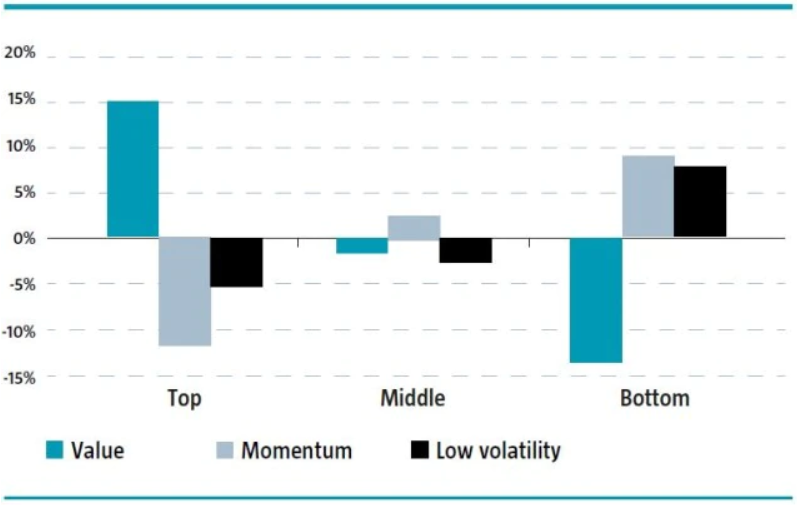Disclaimer
BY CLICKING ON “I AGREE”, I DECLARE I AM A WHOLESALE CLIENT AS DEFINED IN THE CORPORATIONS ACT 2001.
What is a Wholesale Client?
A person or entity is a “wholesale client” if they satisfy the requirements of section 761G of the Corporations Act.
This commonly includes a person or entity:
who holds an Australian Financial Services License
who has or controls at least $10 million (and may include funds held by an associate or under a trust that the person manages)
that is a body regulated by APRA other than a trustee of:
(i) a superannuation fund;
(ii) an approved deposit fund;
(iii) a pooled superannuation trust; or
(iv) a public sector superannuation scheme.
within the meaning of the Superannuation Industry (Supervision) Act 1993that is a body registered under the Financial Corporations Act 1974.
that is a trustee of:
(i) a superannuation fund; or
(ii) an approved deposit fund; or
(iii) a pooled superannuation trust; or
(iv) a public sector superannuation scheme
within the meaning of the Superannuation Industry (Supervision) Act 1993 and the fund, trust or scheme has net assets of at least $10 million.that is a listed entity or a related body corporate of a listed entity
that is an exempt public authority
that is a body corporate, or an unincorporated body, that:
(i) carries on a business of investment in financial products, interests in land or other investments; and
(ii) for those purposes, invests funds received (directly or indirectly) following an offer or invitation to the public, within the meaning of section 82 of the Corporations Act 2001, the terms of which provided for the funds subscribed to be invested for those purposes.that is a foreign entity which, if established or incorporated in Australia, would be covered by one of the preceding paragraphs.
Quantitative investing
Risk due diligence approach
An approach1 to implementing factor investing. An analysis is made to establish whether the current portfolio is suitably distributed over factors and does not incorporate excessive risk. This can be done using the 'Robeco Factor Exposure Monitor'.
The advantage of this approach is that investors obtain greater insight into their exposure to specific factors in the portfolio. It also helps determine whether the portfolio contains desired or undesired concentrations of factors. It then becomes easier to assess the sensitivity of the portfolio in specific scenarios.
The chart below shows a hypothetical portfolio of factor overweights and underweights. Per factor the portfolio has three subdivisions into levels of exposure: substantial (top), average (middle) and low (bottom).
Figure 8. Relative factor exposures of portfolios

Source: Robeco, Quantitative Research, 2014
Footnote
1Other approaches involve using factor tilts and a system of portfolio optimization based exclusively on factors.
